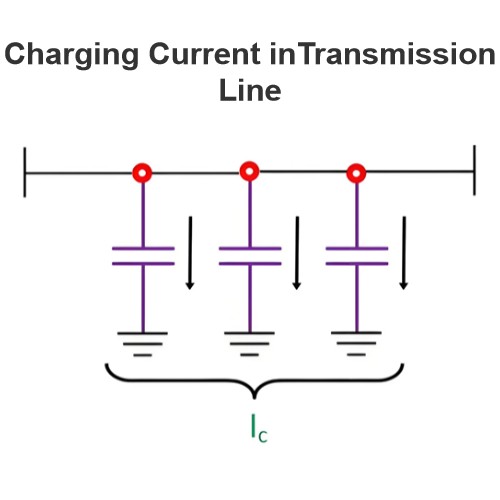The charging capacitor is calculated by the discharge time of the resistor
The calculation of the time for the capacitor to discharge through the resistor involves the characteristics of the RC circuit (that is, the circuit consisting of the resistor and the capacitor). In RC circuits, the process of capacitor discharge can be described by an exponential function.
Discharge time calculation formula
When a capacitor is discharged, the change of its voltage V(t) with time t can be expressed by the following formula:

V(t) is the voltage of the capacitor at time t;
V0 is the initial voltage (i.e. the voltage at which the capacitor starts discharging);
R is the resistance in the circuit (ohms, Ω);
C is the capacitance of the capacitor (farad, F);
e is the base of the natural logarithm (approximately 2.71828);
t is time (seconds, s).
Time constant
The time constant τ is the product of RC, which represents the time required for the capacitor to discharge to 1/e of the initial voltage (about 36.8%). The formula for calculating the time constant τ is:

Sum up
The calculation of capacitor discharge time through resistor is mainly based on exponential attenuation formula. The time constant τ=RC describes the rate at which a capacitor discharges. For the calculation of a specific voltage ratio, the above formula can be used to solve the required time.
The Electricity Encyclopedia is dedicated to accelerating the dissemination and application of electricity knowledge and adding impetus to the development and innovation of the electricity industry.













